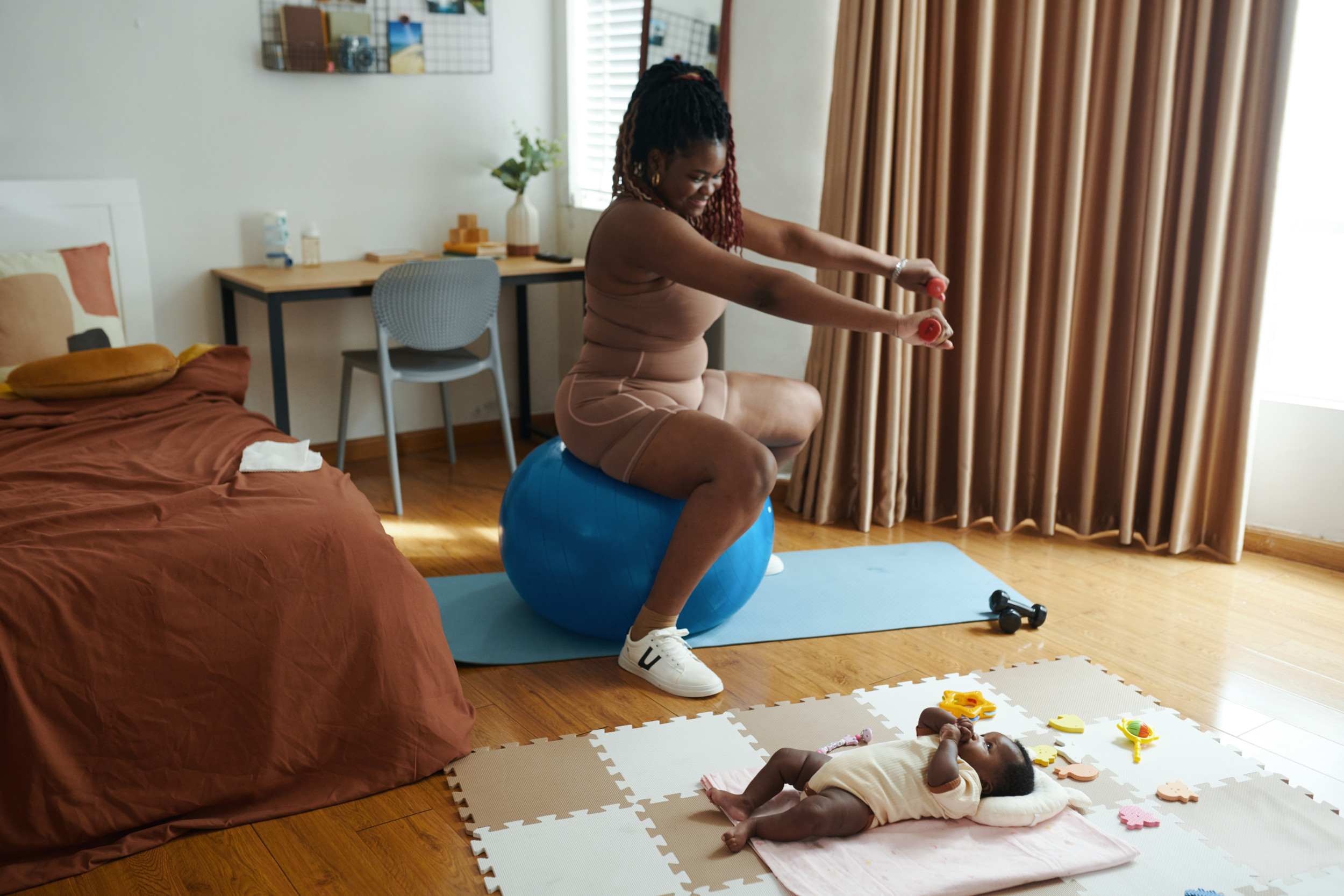Whether you’re an avid runner or frequently go to the gym, many fitness enthusiasts find they eventually get stuck in a routine – logging the same miles or doing the same workout over and over again.
What if there were a way to challenge both endurance and strength at once with an effective, varied training routine?
Welcome to Hyrox – the increasingly popular fitness race that blends endurance running and strength. Designed for everyday athletes and elite competitors alike, Hyrox offers an accessible yet competitive race format.
By focusing on functional fitness, this workout provides a structured way for people to push their limits while training for a clear goal. It also comes with many physiological benefits regardless of your skill level – including strength, endurance and power.
Hyrox is a fitness competition that started in Germany in 2017. They currently organise races worldwide.
Athletes run 8km in total, but after each kilometre they must complete a functional fitness exercise. In a Hyrox race, the first exercise is 1,000m on a ski ergometer, followed by a 50m sled push, a 50m sled pull, 80m of burpee broad jumps, a 1,000m row, a 200m farmer’s carry, 100m walking sandbag lunges – finishing with 100 wall balls.
A Hyrox race can be competed individually, in pairs, or in a team of four done in a relay-format. The difficulty of the race depends on your skill level. Athletes in the pro division work with heavier weights than the open division. Those competing as a pair split the stations but run together – adding teamwork to the race.
The average finish time of a Hyrox race is 90 minutes – though this can vary depending on a person’s age, gender and fitness level. Elite racers will aim for a sub-60 time – with current world records set at around 50 minutes.
A race of this duration and intensity puts serious physiological stress on the body – which requires a good level of overall fitness.
Transitioning between runs and exercises causes the body to shift between different energy systems during Hyrox. The aerobic system uses oxygen to steadily fuel the muscles over a period of time. This is essential for the running segments. The anaerobic system, on the other hand, provides short bursts of energy without needing oxygen. This is crucial for the high-intensity exercise portions.
Sandra Sev Jarocka/ Shutterstock
The adrenaline and intensity of the race also means your endurance, explosive power and strength are put to the test simultaneously. Without adequate training and a race plan, this could leave you feeling fatigued towards the end of the race, which can affect your coordination and power.
Hyrox training
Because Hyrox is a new competition format, research on its training benefits is limited. But some early findings suggest that a successful race performance is linked to the amount of training a person puts in ahead of competition and their overall fitness levels. This aligns with what we know about endurance and strength-based training.
The combination of running and intense exercises over a long duration challenges the body’s ability to use oxygen efficiently. Training for Hyrox can lead to improvements in the aerobic capacity or maximum oxygen uptake (VO₂ max), a measure of aerobic fitness.
An improvement in VO₂max means your body can use oxygen more efficiently, allowing you to sustain higher intensities of exercise for longer periods of time. This improves endurance, helps you maintain speed throughout the race and contributes to overall cardiovascular health.
Training for Hyrox requires a balanced approach of running, strength training and Hyrox-specific workouts. This training strategy is known as concurrent training. Research shows concurrent training has benefits for strength, muscular health and cardio-respiratory fitness in people of all ages.
Regular long runs of 40-60 minutes at a low intensity help improve aerobic capacity as well. This allows your body to use oxygen more efficiently for sustained effort. Meanwhile, high-intensity interval runs – such as repeatedly running 400m to 1km with short rest periods of 30-60 seconds – improves your body’s anaerobic threshold. This means you can sustain higher intensities of exercise for longer before fatigue sets in.
The functional stations require full-body strength and muscular endurance, which will be built up gradually as you train for a race. Once you’re more familiar with these exercises, you can begin practising them under fatigue. This is essential for both performance during a race and for preventing injuries.
To maximise performance, a typical weekly training plan should prioritise endurance training over strength training to ensure you are well-prepared to finish a Hyrox race. For the best results, this structured approach should be followed for at least six weeks.
Even without signing up for a race, Hyrox training can give you fitness benefits. You can modify the exercises and how much you run depending on your fitness level.
An all-round Hyrox programme does not just improve functional fitness – it pushes athletes to new limits with a clear, goal-oriented training approach. Whether you’re an elite racer or just looking for a new fitness challenge, Hyrox offers a unique test of endurance and strength.






:quality(85):upscale()/2025/03/17/698/n/1922729/353dddfc67d8438c0e5879.87428676_.jpg)


























